| Structure | Name/CAS No. | Articles |
|---|---|---|
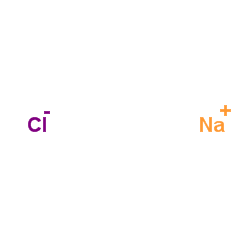 |
sodium chloride
CAS:7647-14-5 |
|
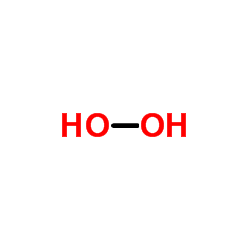 |
Hydrogen peroxide
CAS:7722-84-1 |
|
 |
DTNB
CAS:69-78-3 |
|
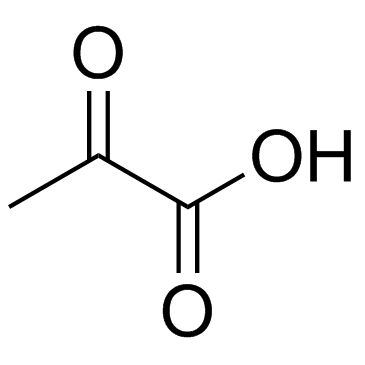 |
Pyruvic acid
CAS:127-17-3 |
|
 |
6-Aminopurine phosphate
CAS:70700-30-0 |
|
 |
TMEDA
CAS:110-18-9 |
|
 |
SODIUM CHLORIDE-35 CL
CAS:20510-55-8 |
|
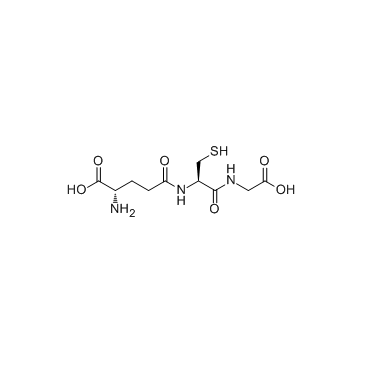 |
Glutathione
CAS:70-18-8 |
|
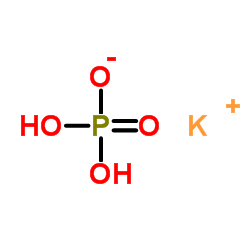 |
Monopotassium phosphate
CAS:7778-77-0 |
|
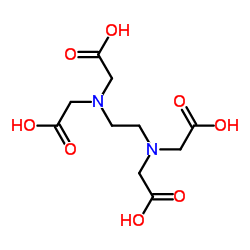 |
Ethylenediaminetetraacetic acid
CAS:60-00-4 |